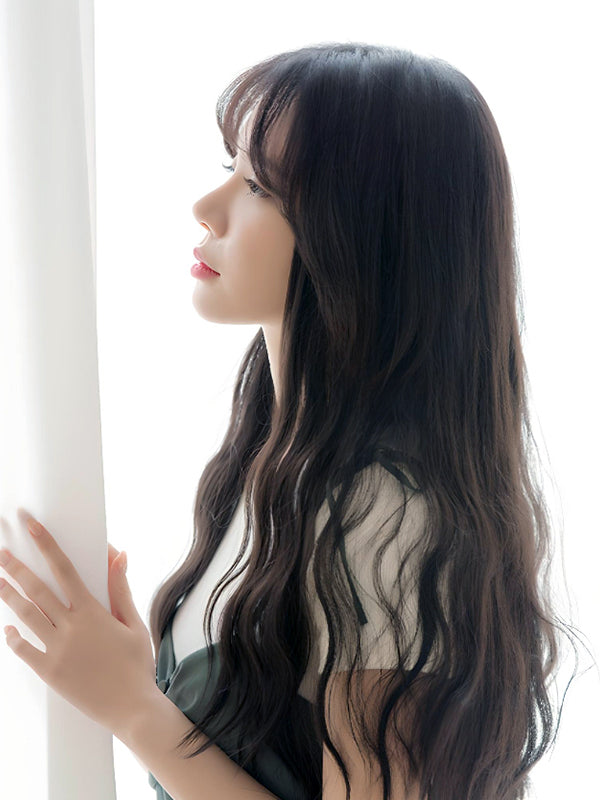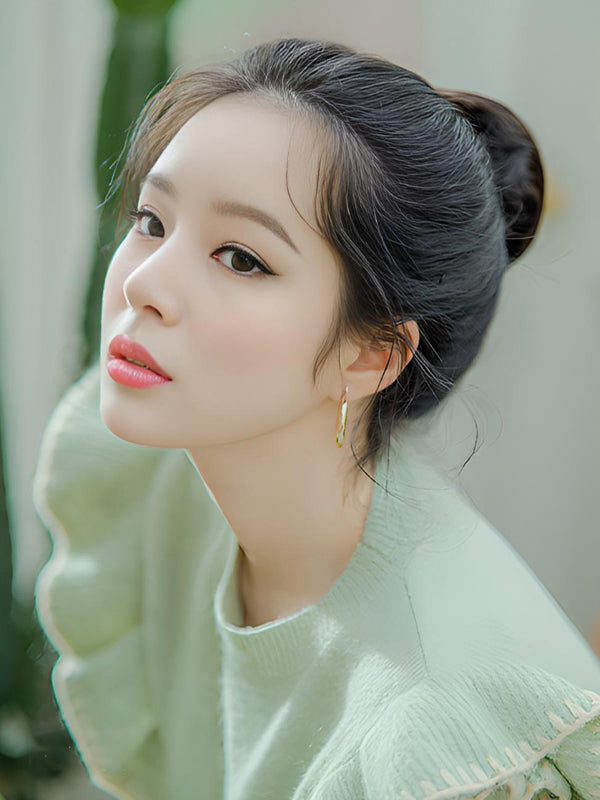Let's study the history of wigs!
Let's learn the history of wigs!
Wigs have a very long history, having been used as fashion items since ancient Egypt, Greece, and Rome.
In fact, the history of wigs is much older than Christianity and Buddhism, and in this article we will introduce how wigs have been used over time.
1. Ancient Egyptians: Wigs were a symbol of status

Egypt is known as a hot region, but short hair styles were the norm in ancient Egypt as well.
However, archaeological research has revealed that Egyptian kings and their entourage wore wigs when appearing in public.
For the upper class of Egypt at the time, wearing wigs made of hair from different ethnic groups seemed to be a status symbol indicating high status.
2. 13th century: wigs as manners

In the 13th century, there was the era of Louis XIII in Europe.
During this period, living standards in Europe were low and sanitary conditions were poor.
Louis XIII suffered from thinning hair due to the stress of running the country, and wore a wig to hide it.
Seeing this, the aristocrats came to the idea that ``If the king wears a wig, then we should too,'' and they began to wear wigs for social occasions and as a form of etiquette.
3. 16th century: Wigs to prevent disease

In Europe in the 16th century, parasites such as lice and lice were prevalent.
Therefore, short hair was recommended for hygiene reasons, and it was common to wear wigs made of human hair over it.
The use of practical wigs became widespread during this period.
4. Modern wigs

Since 2000, wigs have become widely popular among the general public as a fashion item.
A major reason for this is that it has become possible to produce products at lower prices than in the past.
Wigs used to be very expensive and were considered a luxury item, costing as much as a car.
However, there are now high-quality wigs on the market that can be purchased for a few thousand yen.













